Unveiling the Rich Cultural Heritage of the Kingdom of Benin.
Introduction
Welcome to our insightful exploration of the fascinating world of Benin! In this article, we will delve into the vibrant history, captivating art, and valuable lessons we can learn from the kingdom of Benin. As primary school teachers, it is crucial for us to educate and inspire young minds by shedding light on different cultures and civilizations. Let's embark on this enlightening journey and discover the wonders of Benin together.
Who Started the Kingdom?
The kingdom of Benin began in the 900s when the Edo people settled in the rainforests of West Africa. Initially, they lived in small family groups, but over time, these groups evolved into a centralized kingdom. This kingdom was known as Igodomigodo and was ruled by a series of kings known as Ogisos, meaning 'rulers of the sky.'
How Did the Obas Come to Rule?
In the 1100s, the Ogisos lost control of their kingdom, causing the Edo people to fear the collapse of their society. Seeking stability, they sought assistance from their neighbor, the King of Ife. In response, the king sent his son, Prince Oranmiyan, to restore peace in the Edo kingdom. Prince Oranmiyan designated his son, Eweka, as the first Oba of Benin, establishing a line of rulers known as Obas.
How Did Benin Become an Empire?
By the 1400s, Benin had transformed into a prosperous and influential empire. Its Obas resided in magnificent palaces adorned with gleaming brass, showcasing the kingdom's wealth and grandeur. Benin's empire expanded through strategic alliances, military prowess, and a thriving trade network that spanned both land and sea.
Trade in Benin: A Gateway to Prosperity.
Trade played a pivotal role in Benin's rise to prominence. The kingdom of Benin was strategically located along important trade routes, facilitating the exchange of goods and ideas with neighboring regions. Benin traded ivory, leopard skins, palm oil, and other valuable commodities for European goods such as textiles, firearms, and luxury items.
Benin and the British Empire:
The 19th century brought significant changes to Benin as European powers sought to establish dominance in Africa. The British, driven by economic interests and a desire for control, gradually encroached upon Benin. Tensions escalated, leading to the infamous Punitive Expedition of 1897, during which British forces looted the royal palace and displaced the Oba. Benin became a British protectorate, and its rich cultural artifacts were dispersed worldwide.
The Magnificent Benin Art.
One of the most remarkable aspects of Benin's cultural heritage is its art, which provides valuable insights into the lives of its people. Benin art encompasses a diverse range of artistic expressions, including sculptures, plaques, and intricate brass castings. These artistic masterpieces not only exhibit exceptional craftsmanship but also serve as windows into the rich cultural and historical tapestry of the kingdom.
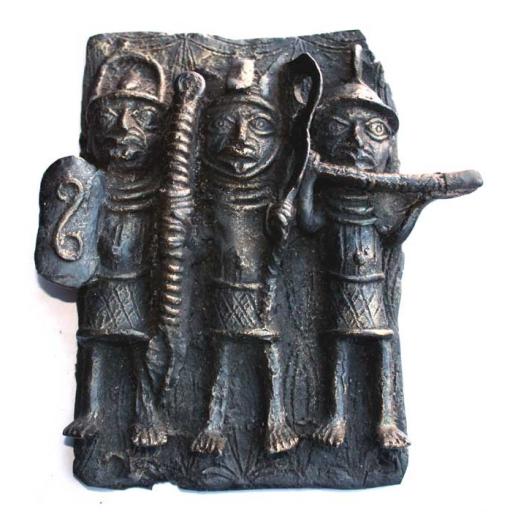
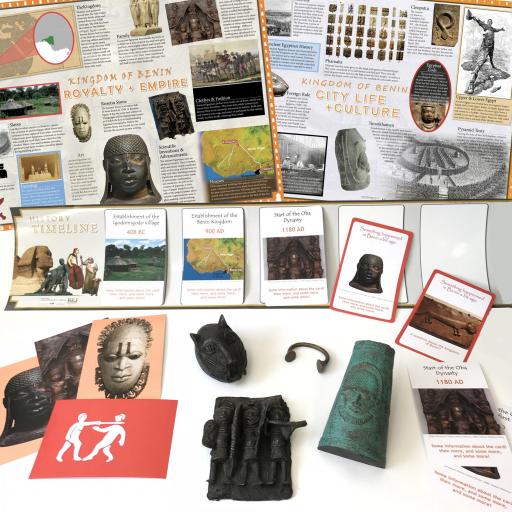
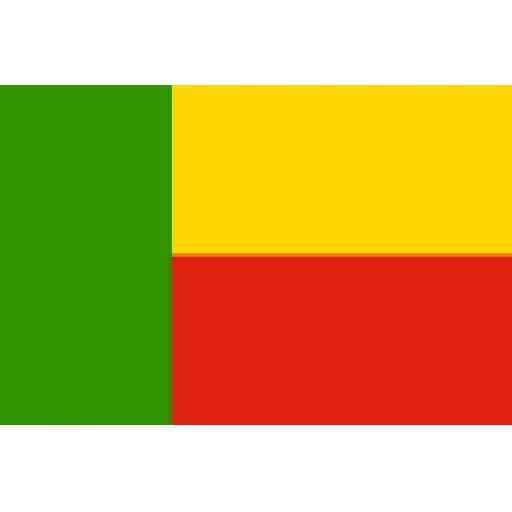
What Does Benin Art Tell Us About Them?
Benin art tells us a great deal about the people who lived in the kingdom. The exquisite sculptures, often made of bronze, depict the Benin royalty, warriors, and significant cultural symbols. These sculptures not only showcase the artistic skill of Benin artisans but also highlight the importance of monarchy and military prowess in their society. The regal Benin heads, intricately carved with elaborate headdresses, offer a glimpse into the hierarchy and power structures of the kingdom.
What were the Manilla and Bronze Armlet used for?
Among the treasures of Benin, two notable artifacts are the Manilla and the bronze armlet. Manillas were brass or bronze bracelets used as currency in the transatlantic slave trade. These bracelets, which had both economic and symbolic significance, played a crucial role in the complex trade networks of the time. Similarly, the bronze armlet, worn by high-ranking individuals, signified status and power within the kingdom.
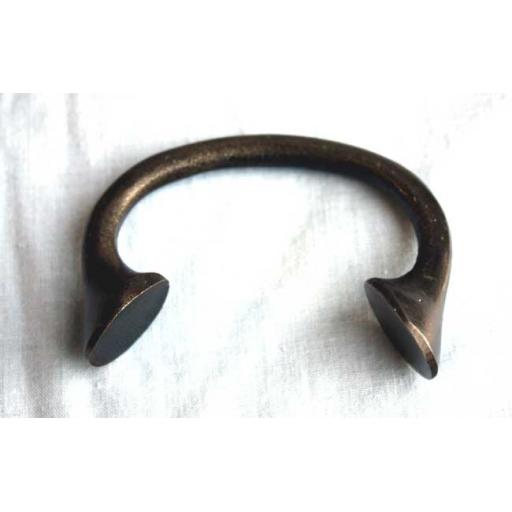
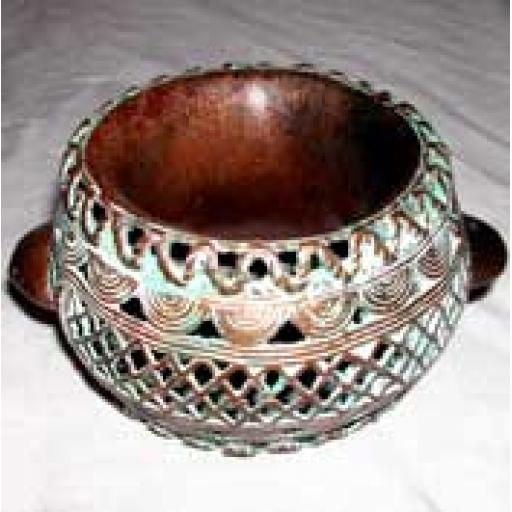
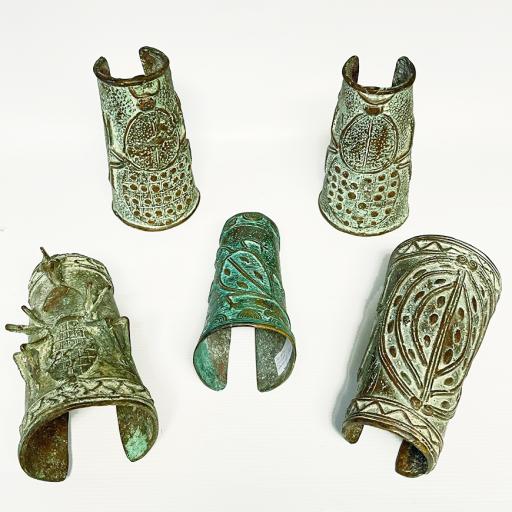
What about the Enigmatic Benin Leopard Head?
Another intriguing symbol in Benin art is the leopard head. The leopard holds a prominent place in the Benin culture and is often associated with royalty and strength. The leopard head sculptures, with their fierce expressions and intricate detailing, reflect the significance of these majestic creatures in the kingdom's history and mythology.
Lessons from the Kingdom of Benin:
Beyond its captivating art, the kingdom of Benin imparts valuable lessons that transcend time. By studying the history and culture of Benin, we gain insights into the importance of preserving traditions, fostering creativity, and embracing diversity. The art of storytelling, a cherished tradition in Benin, offers a valuable educational tool for engaging young learners and promoting cultural appreciation.
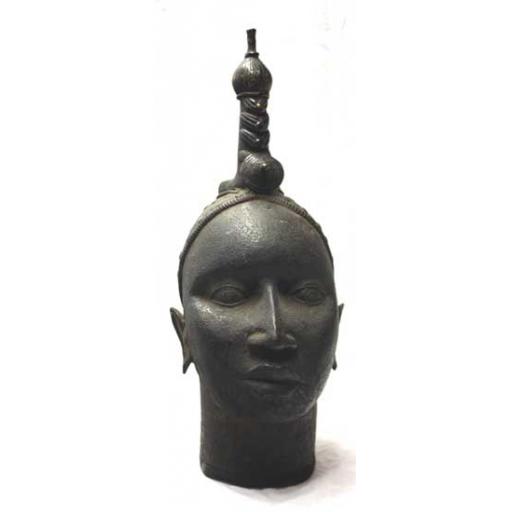
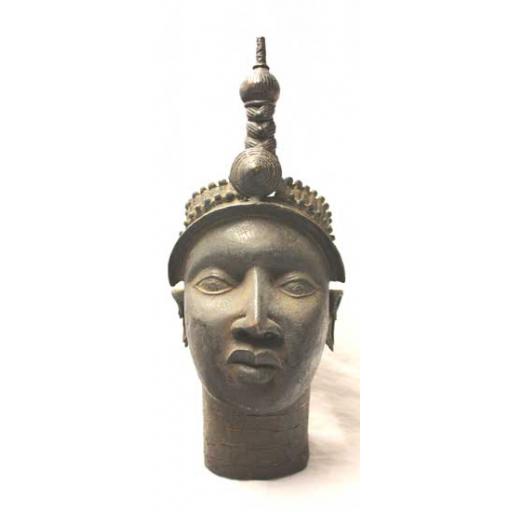
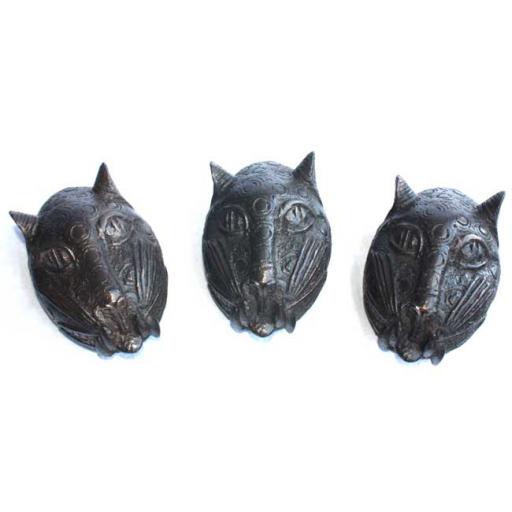
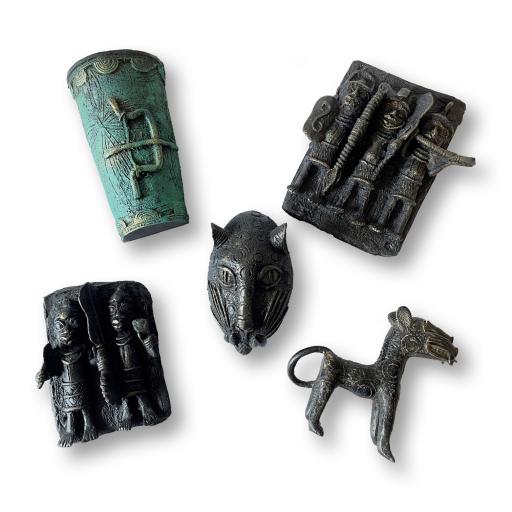
Conclusion
In conclusion, the kingdom of Benin provides a treasure trove of cultural heritage and historical significance. Its remarkable art, including sculptures, plaques, bronze armlets, and the enigmatic leopard head, captivates the imagination and invites us to delve deeper into the mysteries of this ancient civilization. As primary school teachers, we have the incredible opportunity to share these wonders with our students, fostering curiosity, empathy, and a lifelong love for learning.
Remember, by celebrating and understanding the diverse cultures that have shaped our world, we empower future generations to become global citizens who appreciate and respect the richness of our shared humanity. Discover a wealth of incredible resources on Benin and various aspects of history. Explore our extensive collection of educational artefacts, articles, and interactive tools that offer deep insights into the kingdom of Benin and beyond.
#Benin #BeninArt #CulturalHeritage #KingdomofBenin #AfricanArt #History #ArtisticExpressions #BronzeArt #LeopardHead #Manilla #PrimaryEducation #Teaching #CulturalAppreciation #HeritageEducation




















